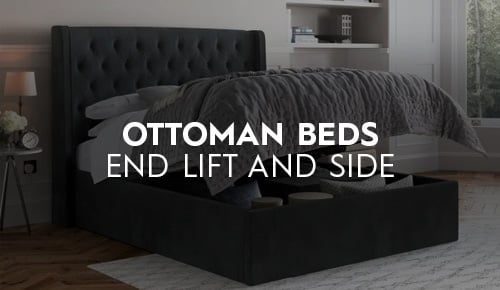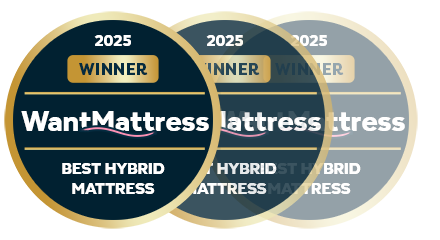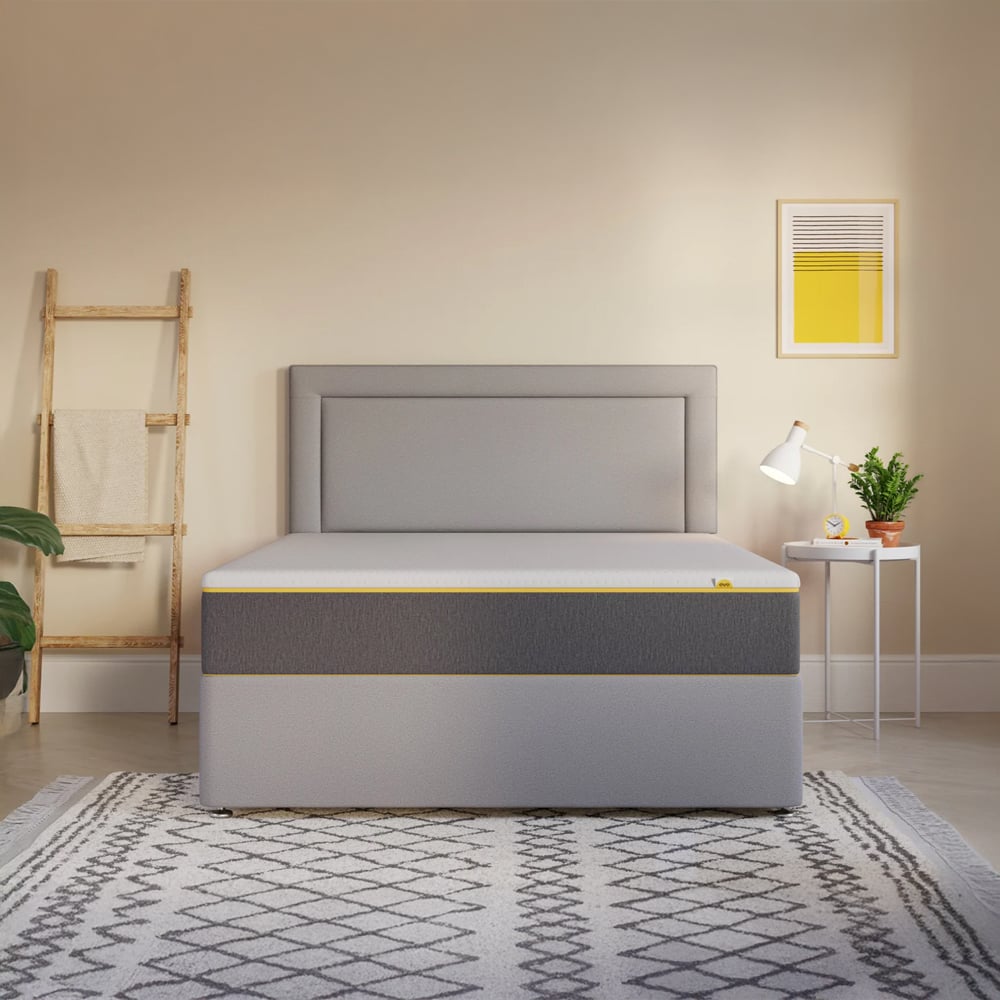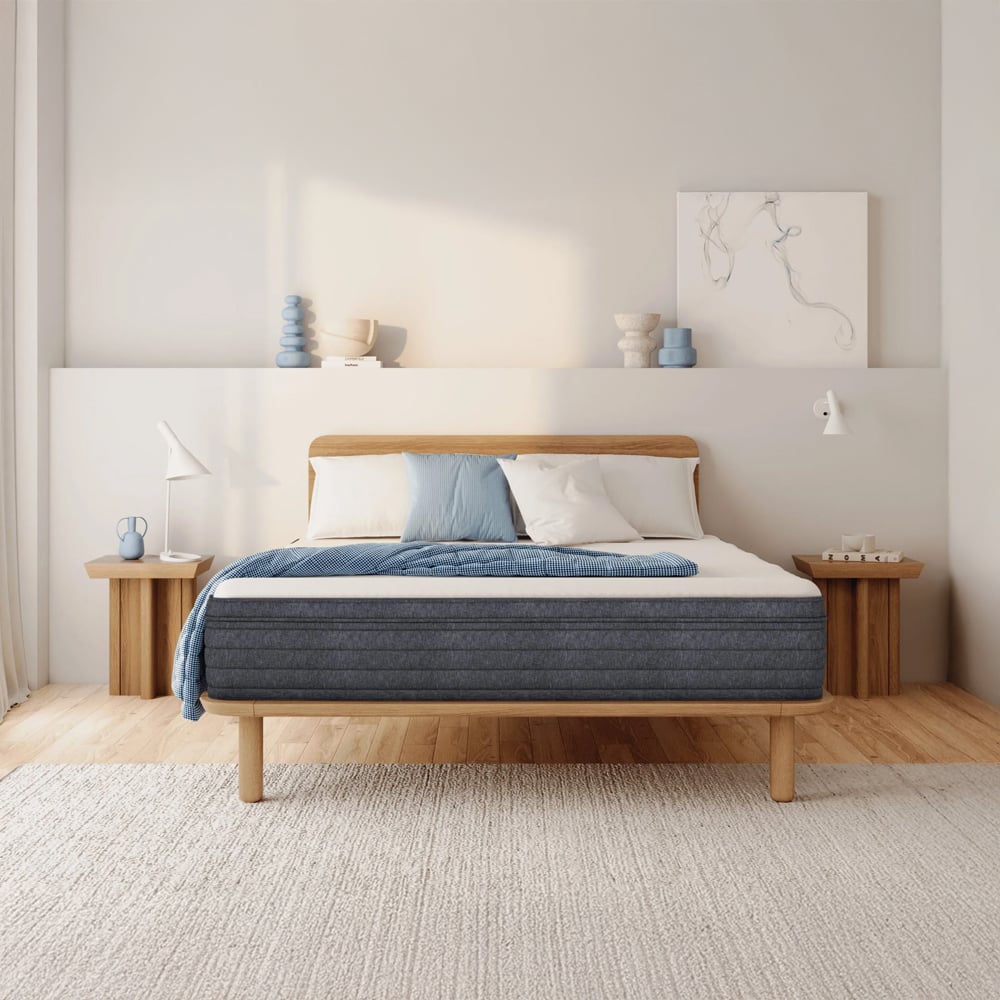As a woman, I understand the difficulties that come with menopause and it’s something I am hopefully decades away from. Regardless of when it does hit however, one of the most challenging symptoms is sleep disruption. The hot flushes, night sweats, and anxiety can make it challenging to get a good night's sleep. However, choosing the right mattress can make a significant difference in your sleep quality and below I will guide you on how to choose the best mattress for menopause.
The Link Between Sleep and Menopause
Menopause is a natural biological process that marks the end of a woman's reproductive years. It usually occurs between the ages of 45 and 55, and its symptoms can last for several years with one of the most common symptoms of menopause being sleep disruption. There’s plenty of research, much from the National Sleep Foundation which highlights that women going through menopause often experience insomnia, sleep apnea, and disruptive sleep.
But what causes this sleep disruption? It all comes down to a decrease in oestrogen levels during menopause and is responsible for sleep disruption. Oestrogen helps regulate body temperature, and its decrease causes hot flashes and night sweats, which can interrupt sleep. Further to this the decrease in oestrogen also affects the body's ability to produce serotonin, a neurotransmitter that regulates mood and sleep.
Factors to Consider When Choosing a Mattress for Menopause
When choosing a mattress for menopause it is important to consider the following factors which include:
Firmness
The firmness of a mattress is essential in providing comfort during sleep. A softer mattress can cause back pain, while a firmer mattress can cause pressure points that create more pain. It is essential to choose a mattress that provides the right balance of support and comfort and so we are going to be recommending a medium tension.
Cooling Properties
As before, hot flushes and night sweats are common during menopause, and they can disrupt sleep. A mattress with cooling properties can help regulate body temperature and provide a comfortable environment for sleeping.
Motion Transfer
Menopause can also cause sleep disturbances due to increased restlessness and movements during sleep. A mattress with excellent motion transfer can further minimise disturbances and provide uninterrupted sleep.
Durability
A good bed is a long-term investment, and it is essential to choose a durable mattress that can withstand regular use and provide consistent comfort.
Types of Mattresses and How They Affect Menopausal Symptoms
There are several types of mattress, each with its own advantages and disadvantages in relation to menopausal symptoms. Below we have some of the more popular comfort layers that can help:
-
Memory foam mattresses are known for their ability to contour to the body's shape and provide pressure relief. They are also known for their cooling properties, which can be helpful in regulating body temperature during hot flashes and night sweats.
- Latex mattresses are known for their durability and pressure relief. They also provide a cooler sleeping environment, which can be helpful during hot flashes and night sweats. However, they can be expensive.
- Hybrid mattresses combine the support of innerspring mattresses with the comfort of memory foam or latex. They provide excellent pressure relief and motion transfer, making them a good option for menopausal women.
Beyond the comfort layer, beneath it you have a support layer. Much like the different materials above there are alternate options beneath with one clear winner:
-
Pocket spring mattresses are the most traditional type of mattress, and they are known for their support and durability. They make for one of the best options for menopausal women as they provide a good quality support layer and enhanced pressure relief.














